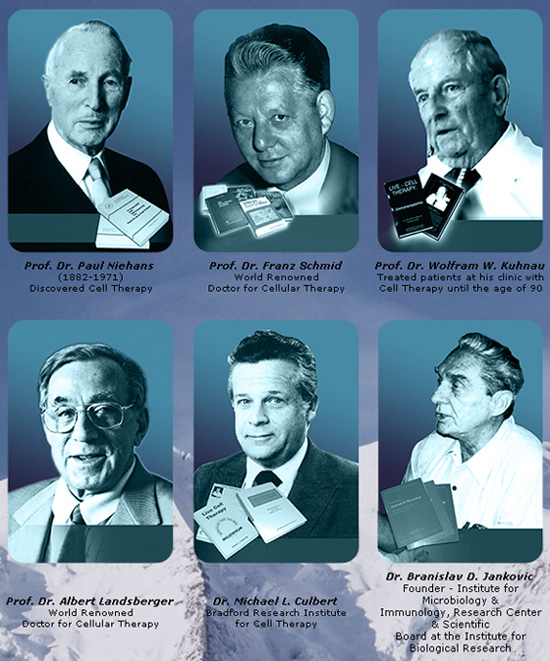-

-

-

-
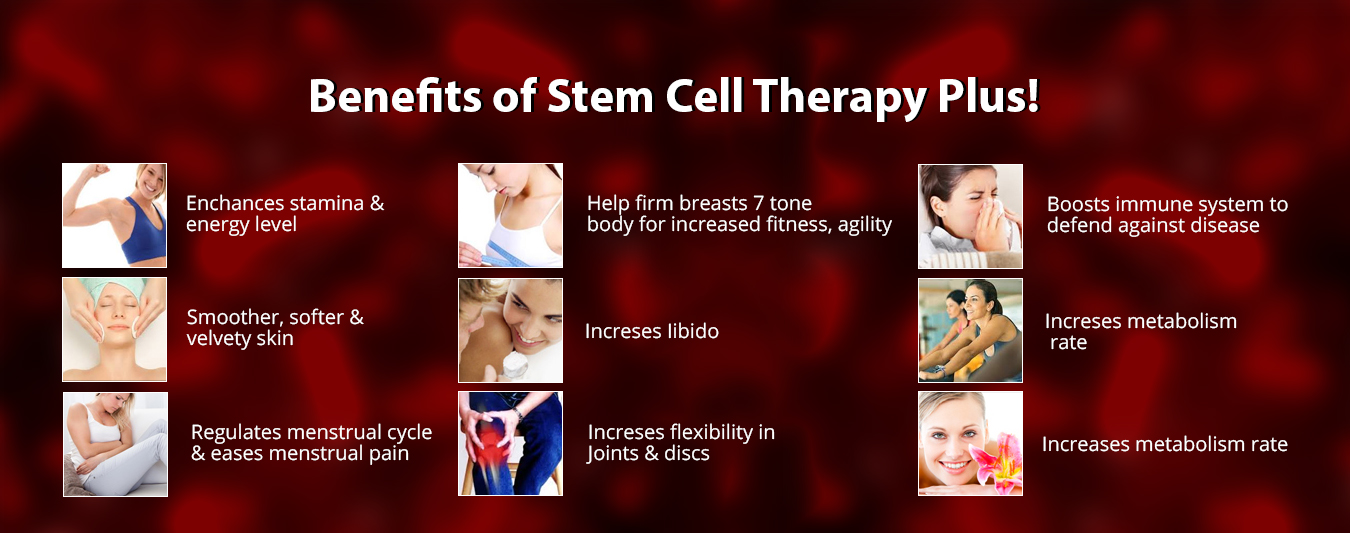
-
 Why Choose Stem Cell Therapy Plus ?
Why Choose Stem Cell Therapy Plus ? -
 Diabetes
Diabetes -
 Parkinson's Disease
Parkinson's Disease -
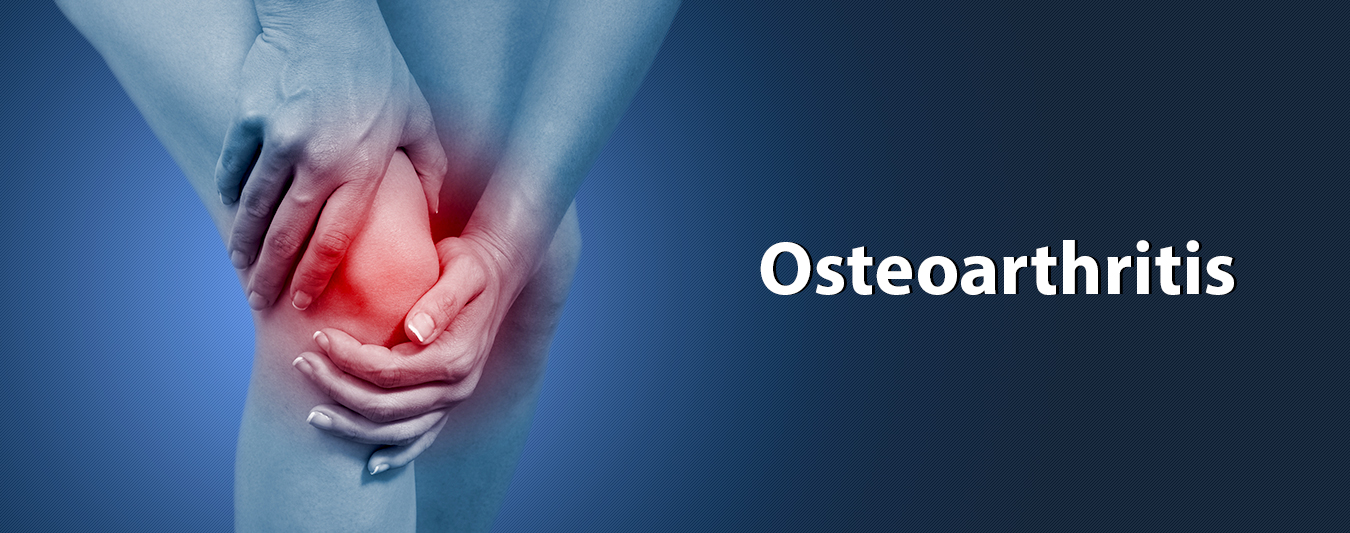
-
 Rheumatoid Arthritis
Rheumatoid Arthritis -
 Multiple Sclerosis
Multiple Sclerosis -

-

-

-

-
 Tinnitus/ Hearing Loss
Tinnitus/ Hearing Loss -

-
 Spinal Cord Injury
Spinal Cord Injury -
 Stroke
Stroke -
 Cerebral Palsy
Cerebral Palsy -
 COPD/ Lung Disease
COPD/ Lung Disease -
 Muscular Dystrophy
Muscular Dystrophy -

-
 Macular Degeneration
Macular Degeneration -

-
 Chronic Fatigue
Chronic Fatigue -

-

-

-
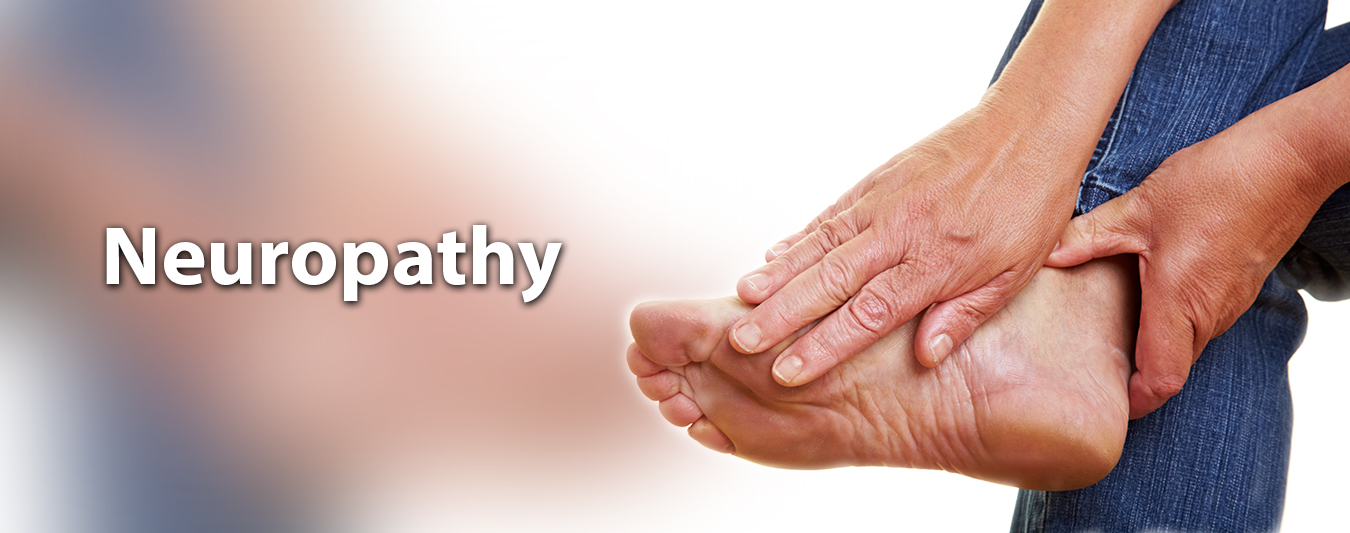
-

-
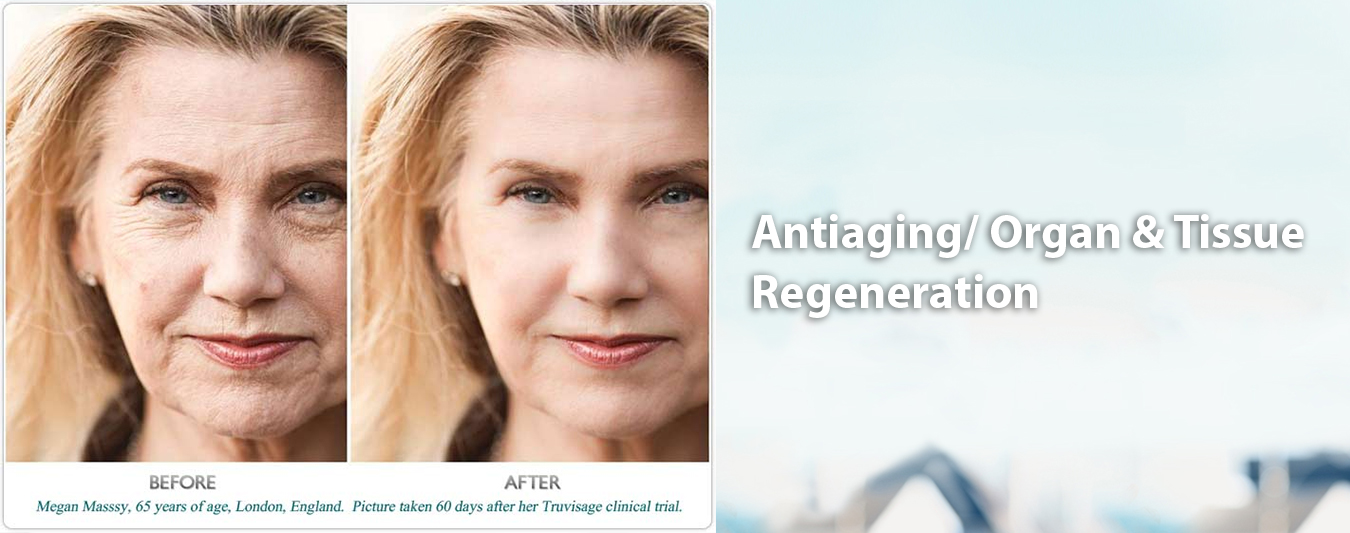
-
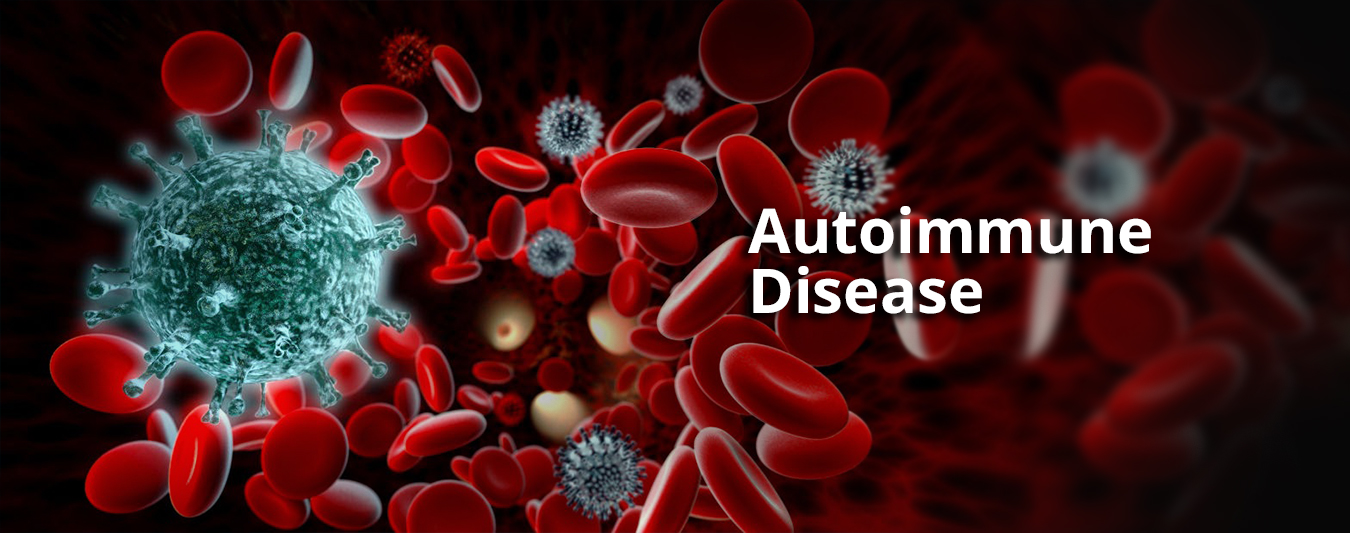
-

-
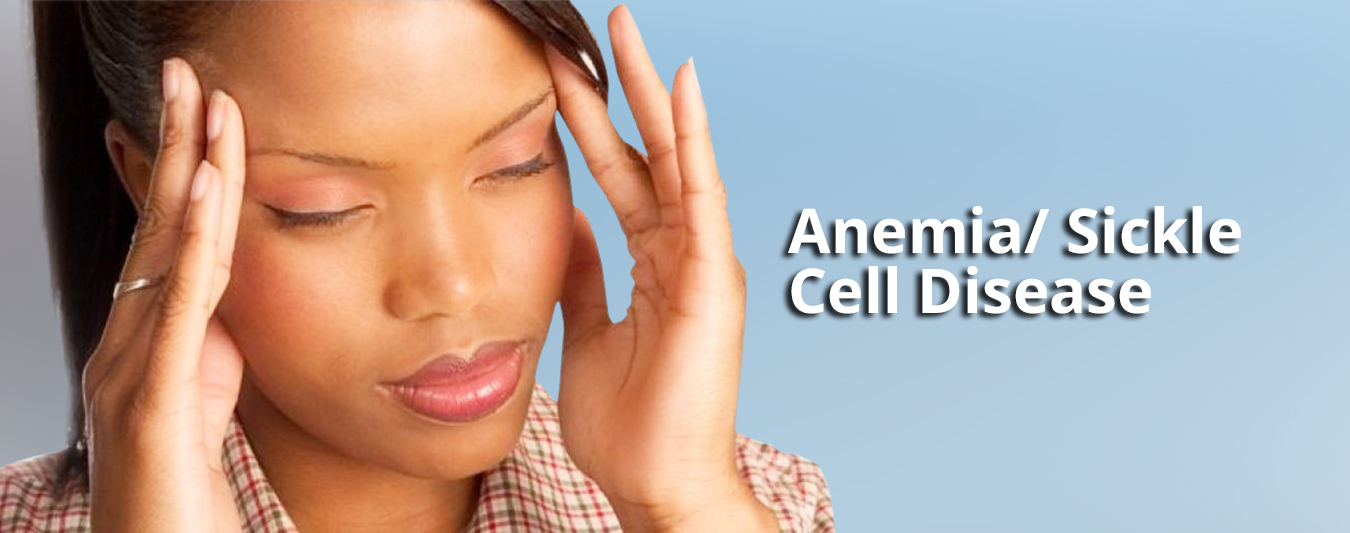
-

-
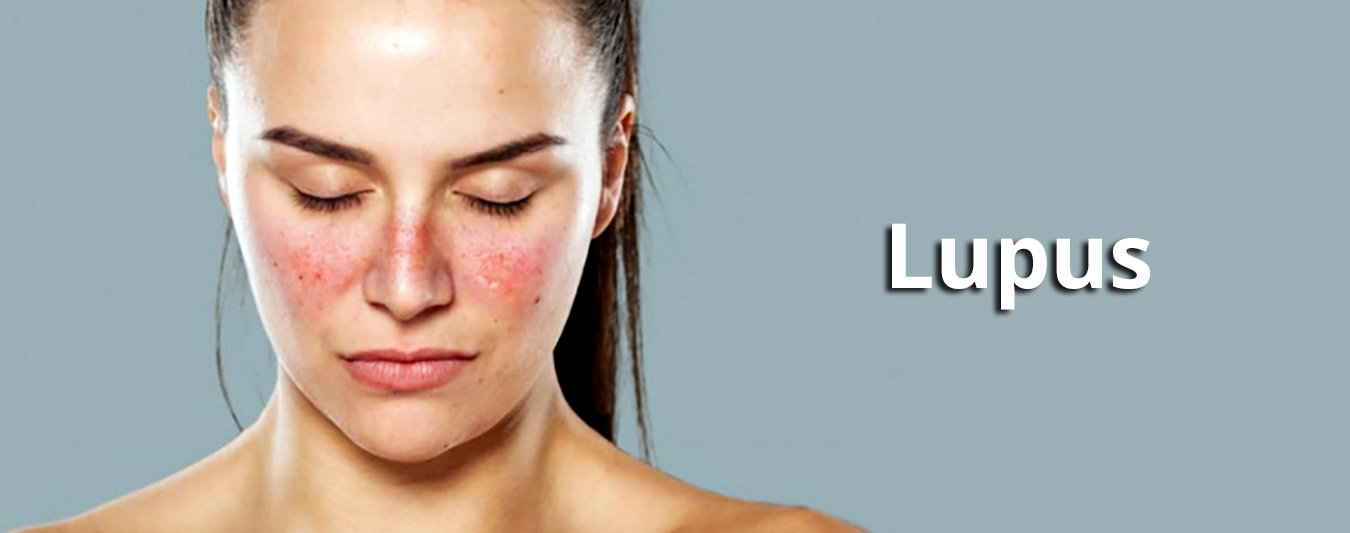
-
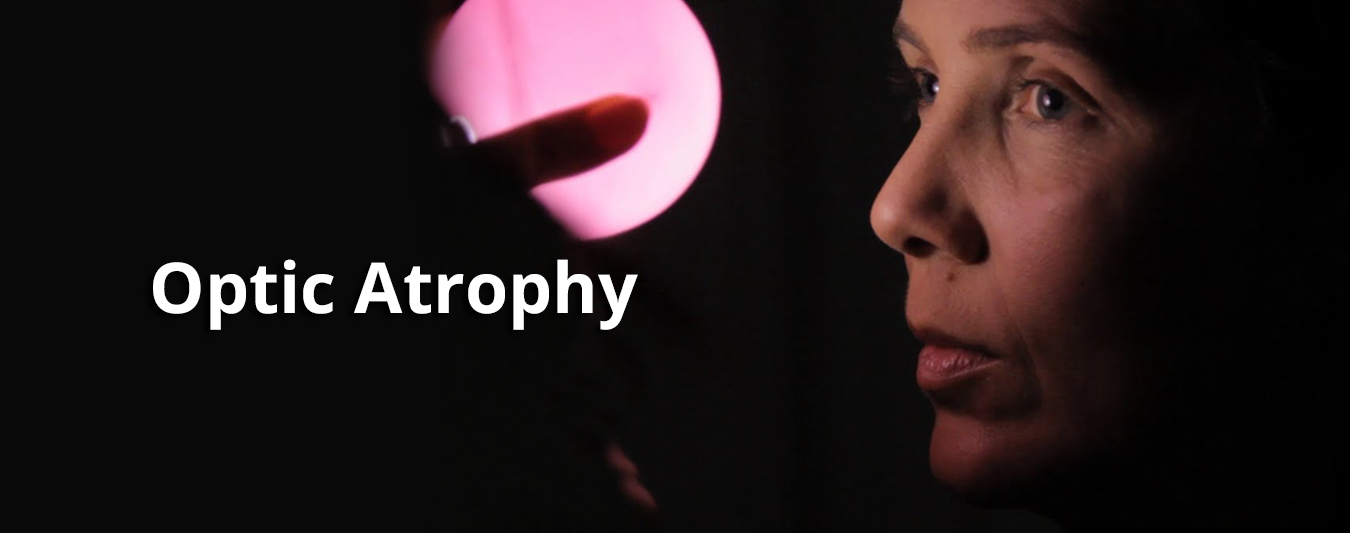
-
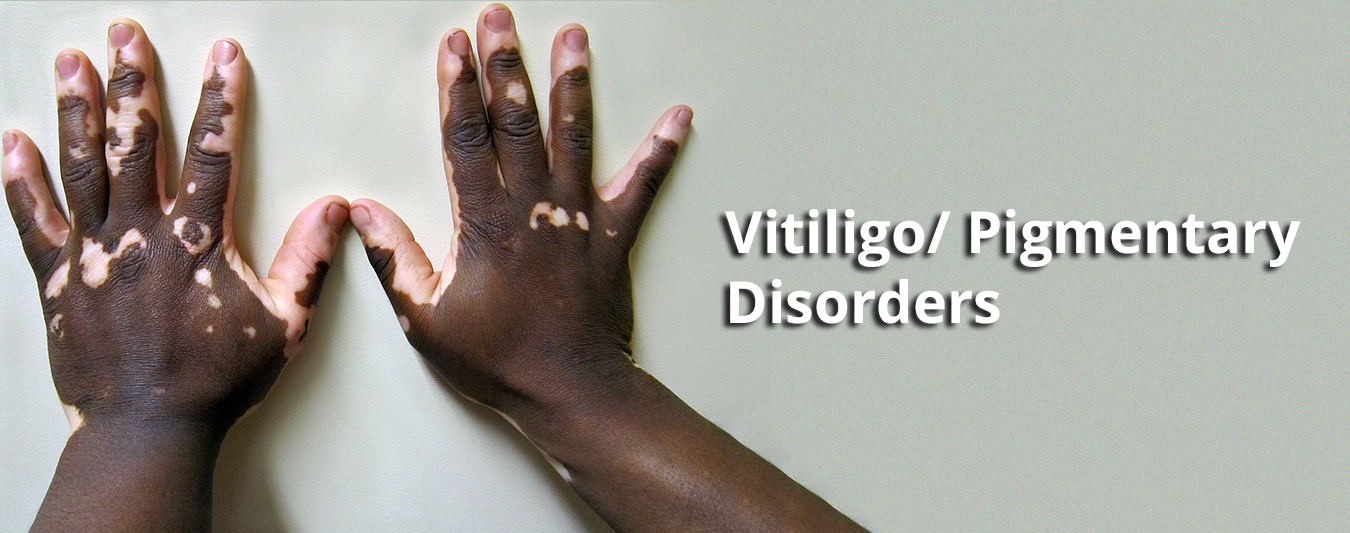
-
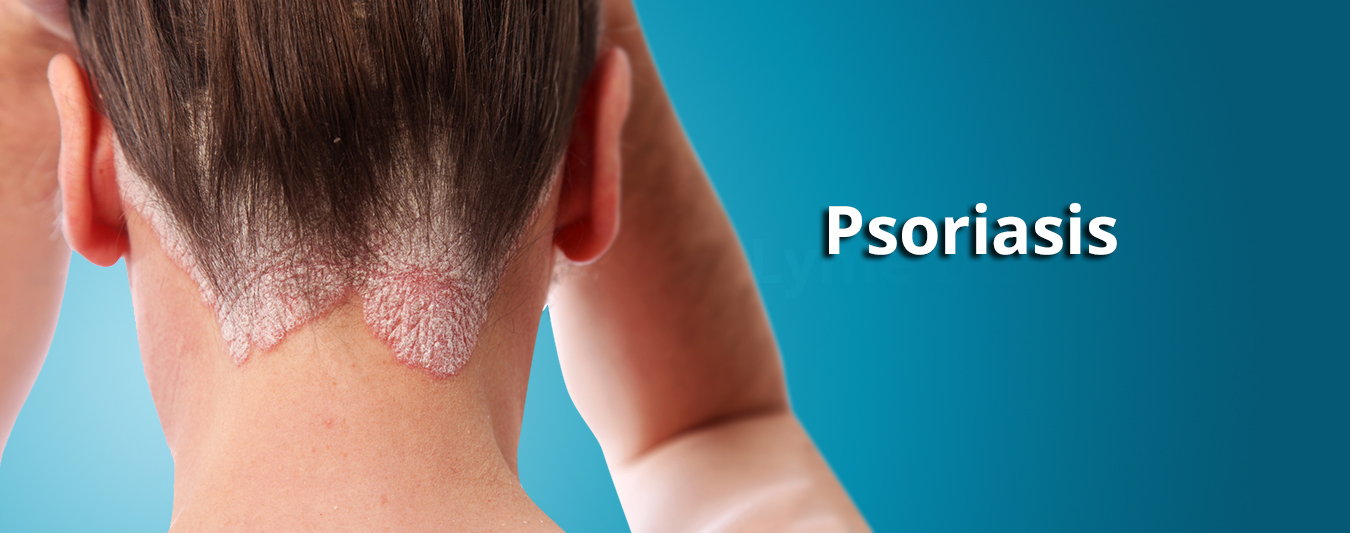
-

-
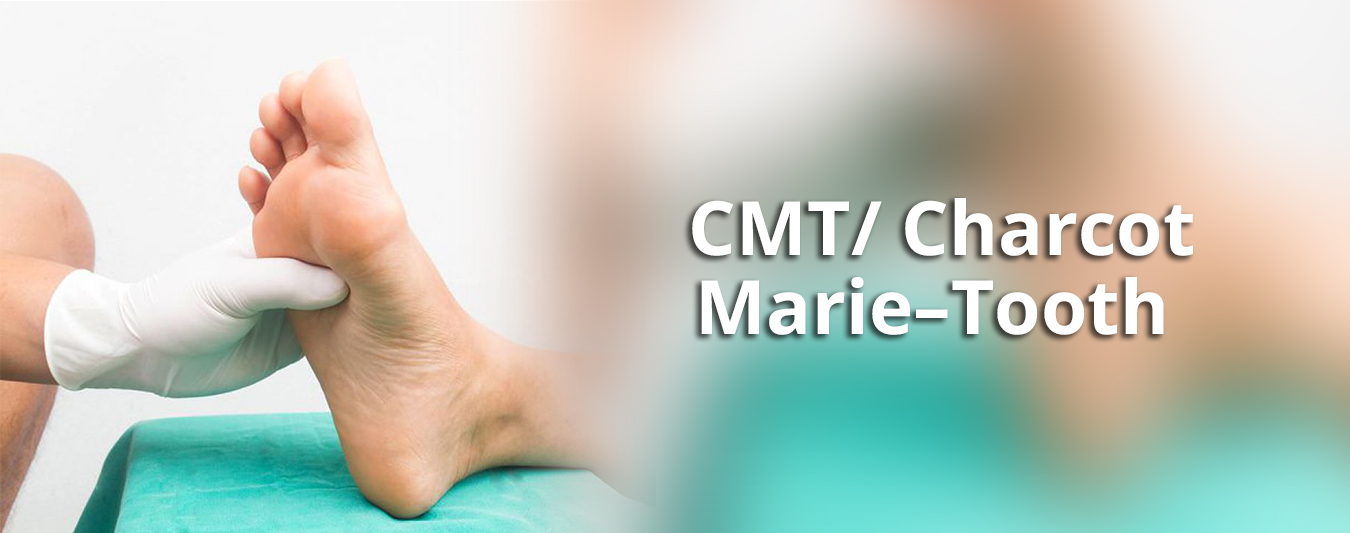
-
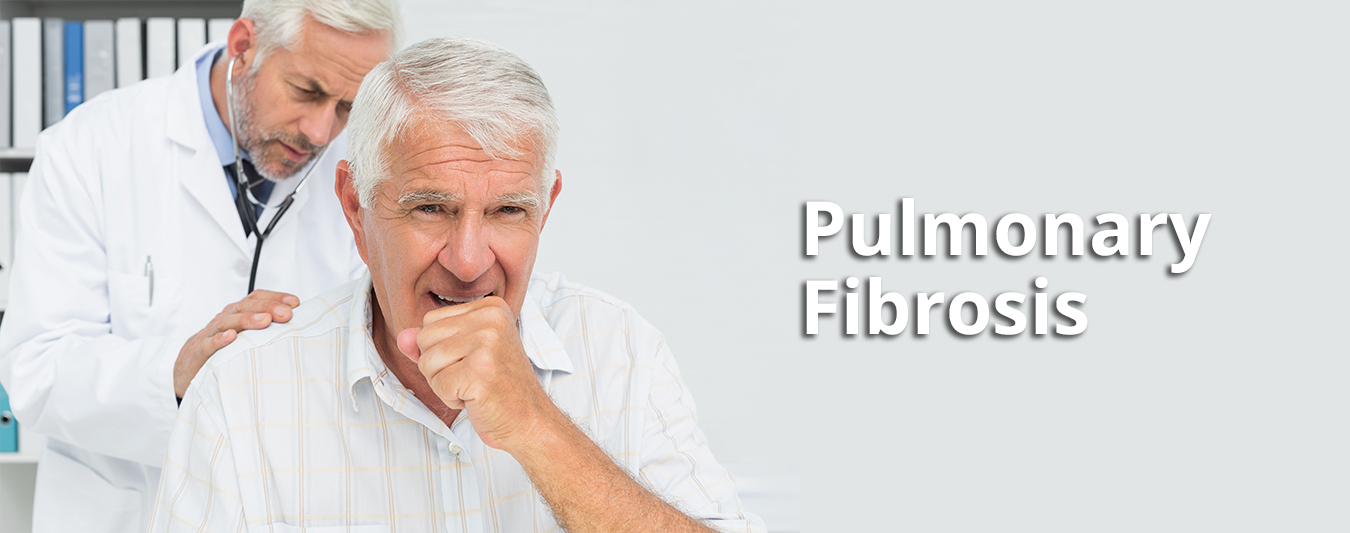
-

-

-

-
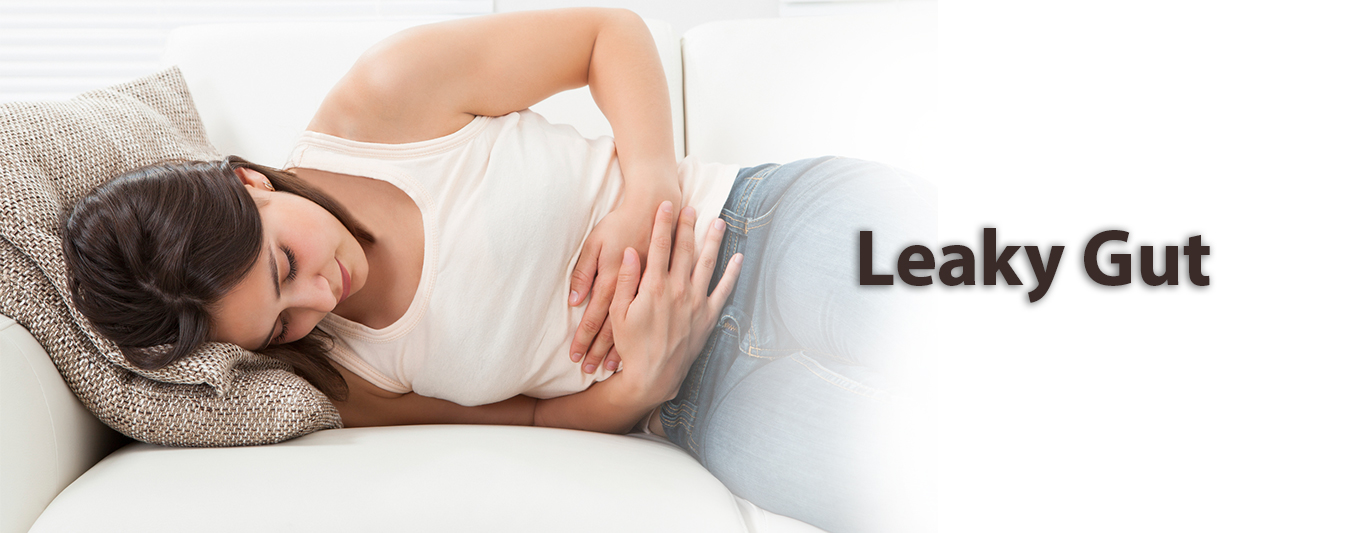
-

-

-
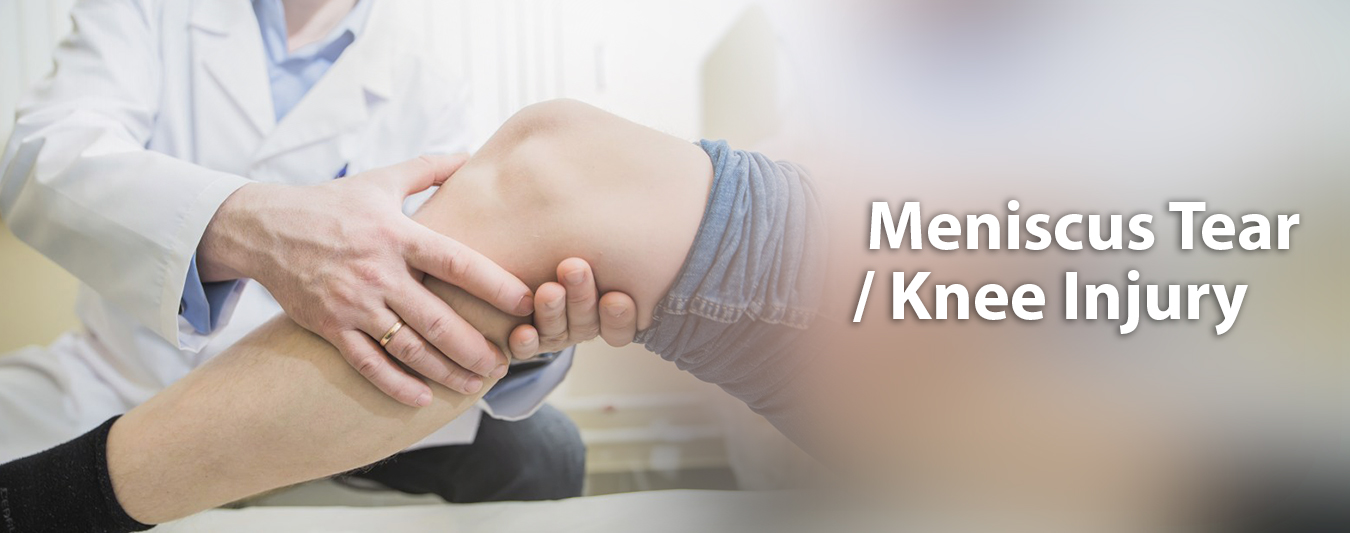
-

-

-

-

-

-

-
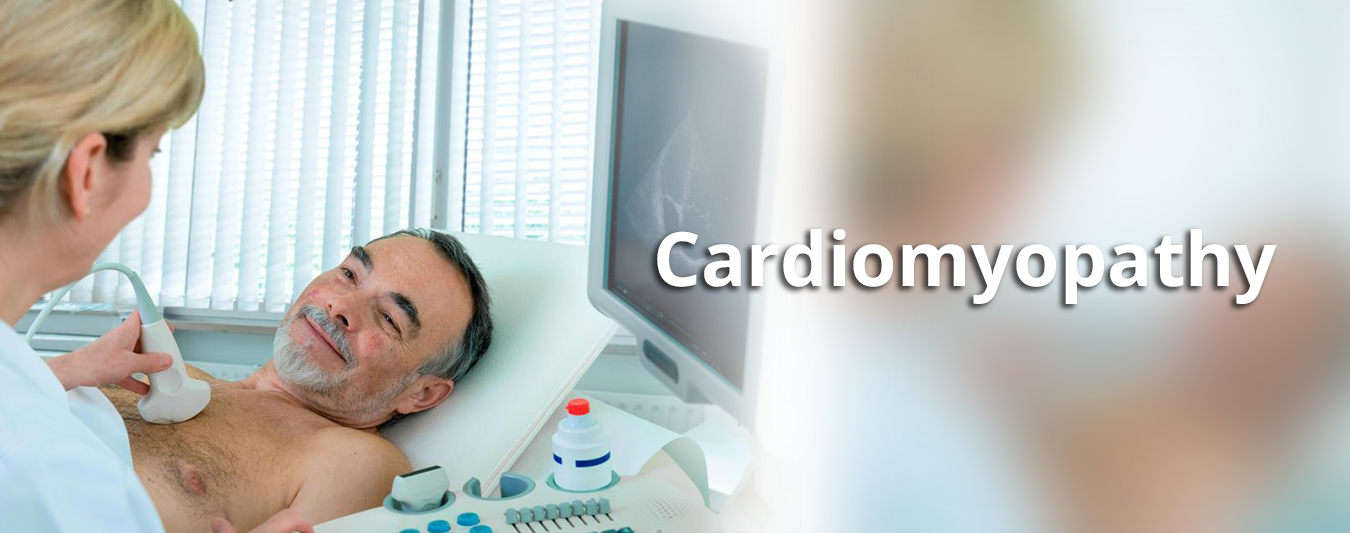
-
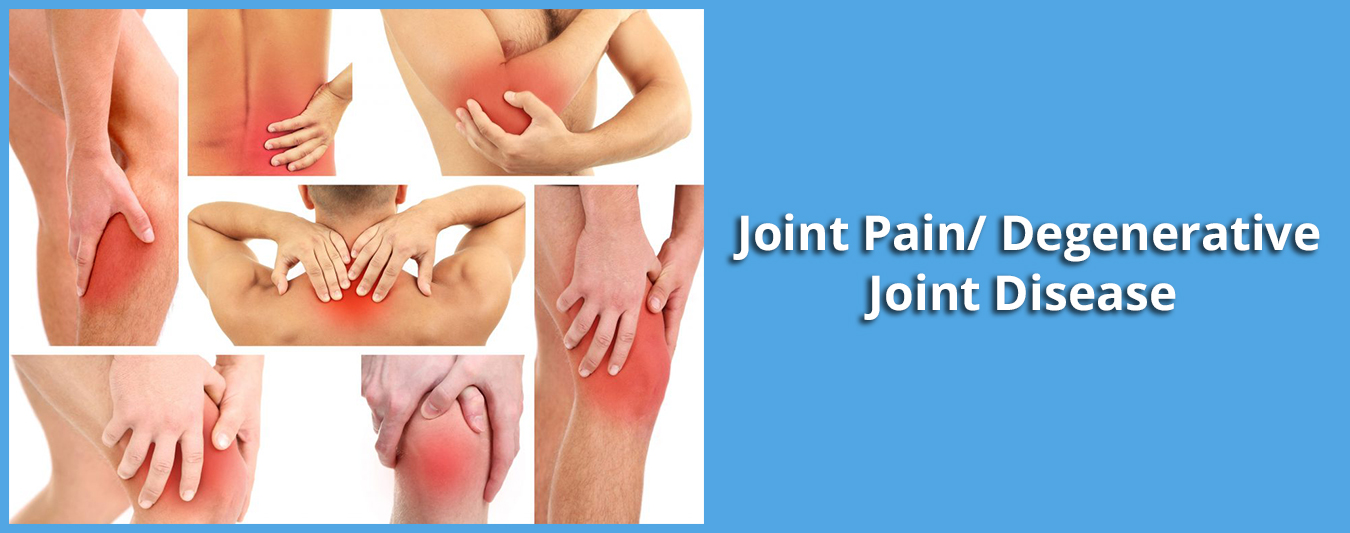
-
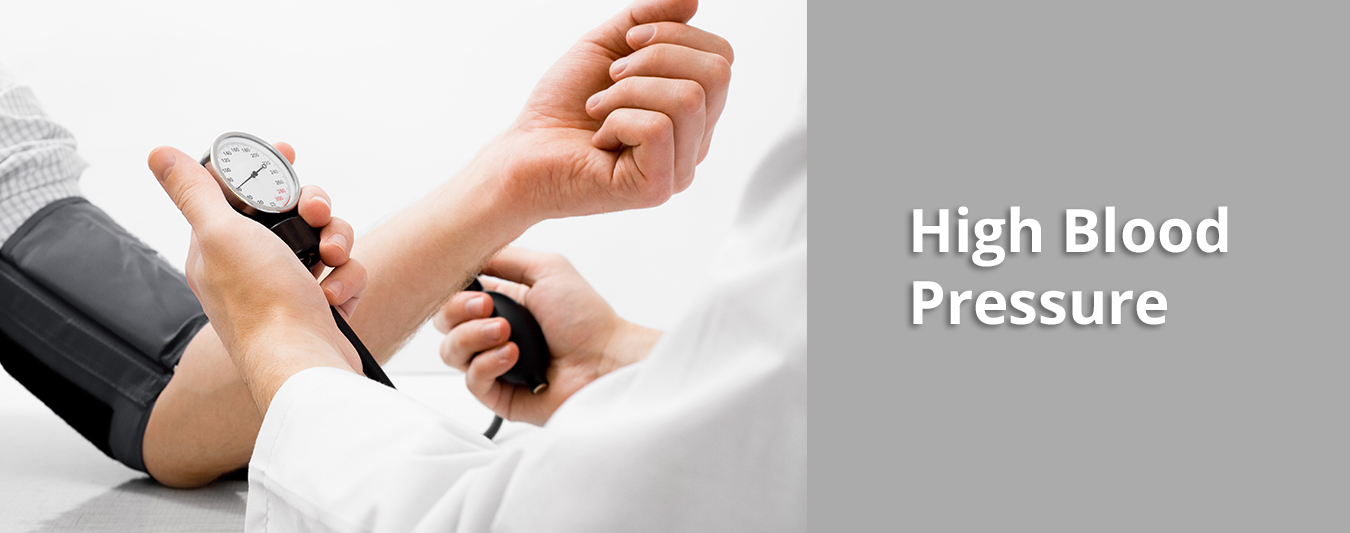
-

-
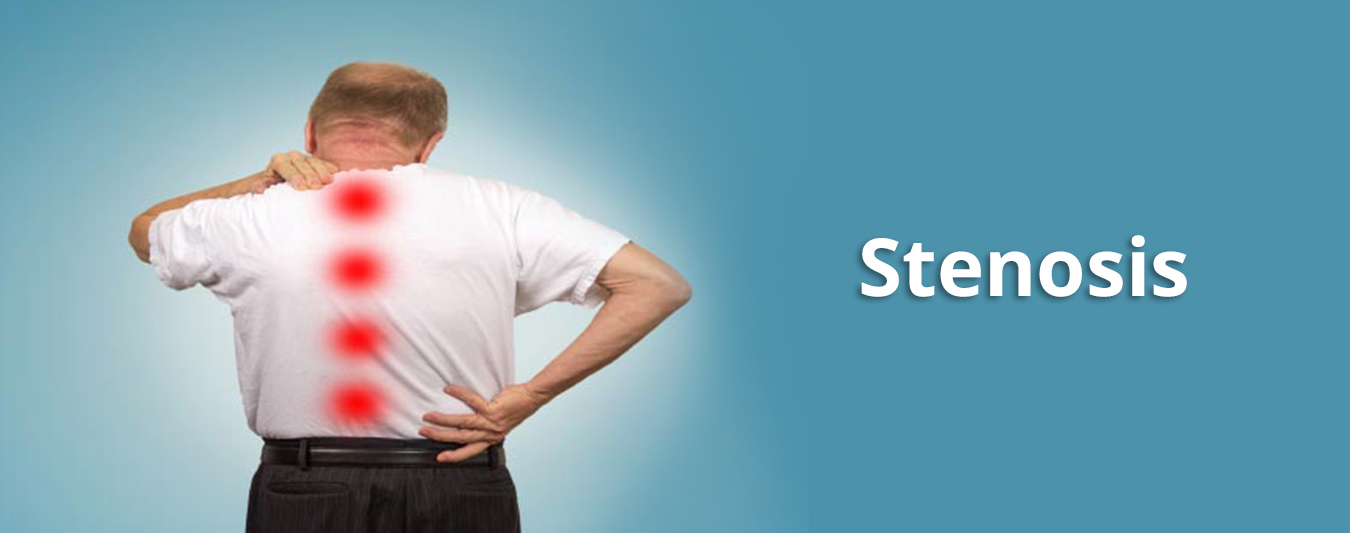
-

-

-

-

-
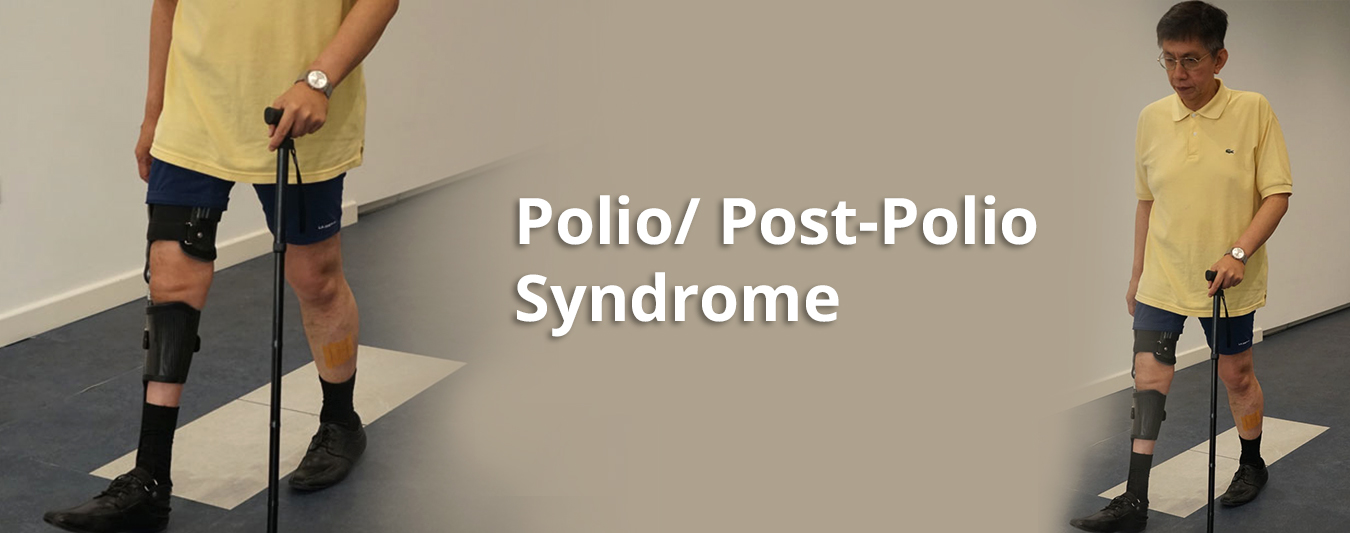
-
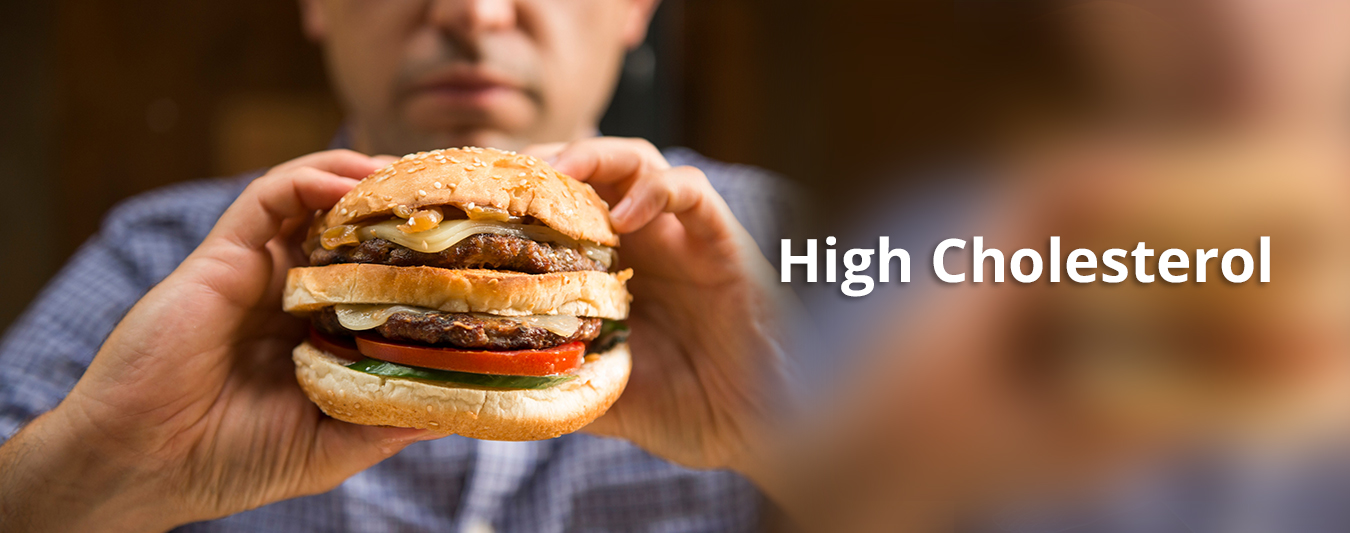
-
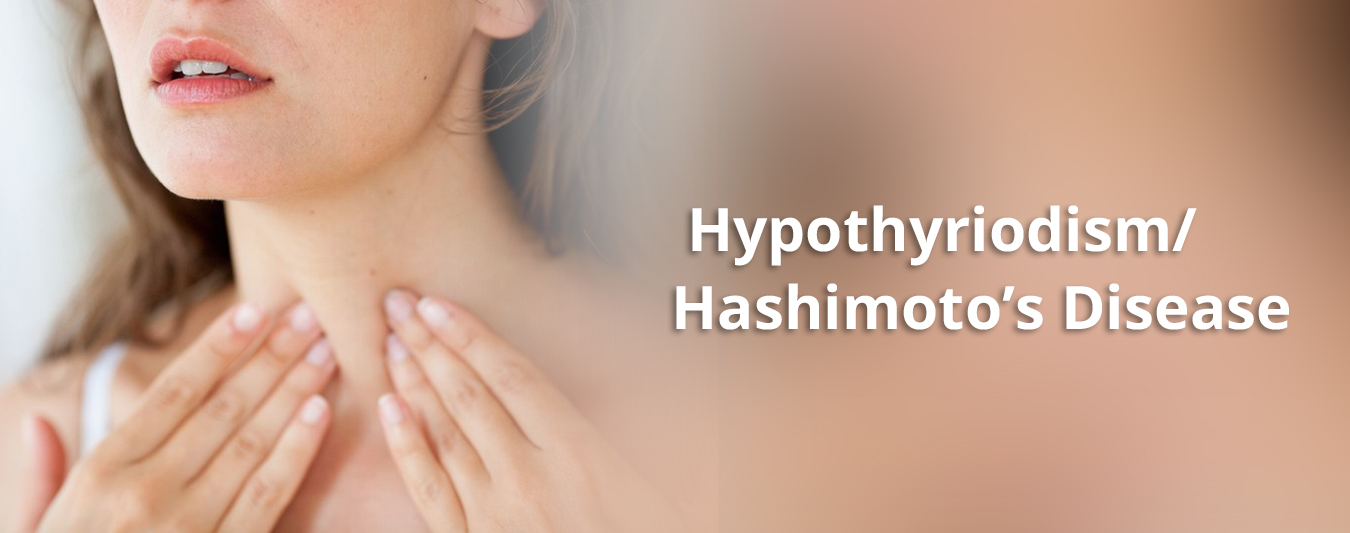
-

-

-

-

-

-

HOW DOES STEM CELL THERAPY PLUS WORK?
- Diabetes
- Parkinsons Disease
- Osteoarthritis
- Rheumatoid Arthritis
- Multiple Sclerosis
- ALS/ Motor Neuron Disease
- Alzheimer’s Disease
- Autism
- Cardiovascular Disease/ Heart Failure
- Tinnitus/ Hearing Loss
- Retinitis Pigmentosa/ Vision Loss
- Spinal Cord Injury
- Stroke
- Cerebral Palsy
- COPD
- Muscular Dystrophy
- Macular Degeneration
- Baldness/ Hair Loss
- Chronic Fatigue
HOW DOES STEM CELL THERAPY PLUS WORK?
Stem Cell Therapy Plus is based on the principle of Cell Therapy, which has been scientifically validated in both historical and recent times. In history, as early as 1552 B.C., the oldest preserved medical document, the Eber Papyrus recommended medicinal preparations of animal organs to improve human vitality. In present, there have been hundreds of clinical tests and thousands of medical research reports verifying Cell Therapy’s enormous health and antiaging benefits.
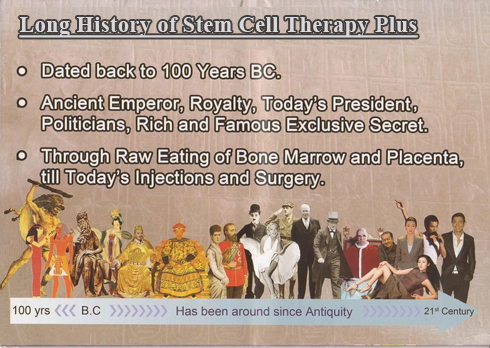
The human body contains some four trillion cells, all of which arise after conception from one unified cell through multiple cycles of division. This process of cellular renewal continues throughout life, as old and weak cells are replaced by new ones. In healthy young individuals the division of cells takes place regularly in an energetic and balanced bio-terrain. However, as we grow older, this process begins to slow down. Improper nutrition with large amounts of animal fat, processed sugars, food additives, a decrease in consumption of biologically grown vegetables, life styles with heavy smoking, excessive alcohol consumption, an overall increase in stress due to our fast-paced lives, pollution with carcinogenic solvents, heavy metals and pesticides tend to suppress this renewal process even more. As a result, we tend to age prematurely and can fall ill with chronic degenerative diseases or even cancer.
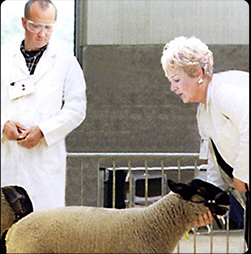
Stem Cell Therapy Plus offers an opportunity to treat many degenerative diseases caused by premature cell death or malfunction of specific cell types and the body’s failure to replace or restore them.
In most cases, incurable degenerative diseases are normally treated by alleviating symptoms, or delaying an onset of further degeneration.
In the latest Stem Cell Therapy Plus, cells or extracts of unborn sheep’s tissue are administered via softgel capsules into the human body for therapeutic purposes. These cells are then broken down into their basic elements (enzymes, polypeptides, deoxyribonucleic acids, ribonucleic acids and other basic organic substances) and reused by the cells, tissues and organs of the person treated. The fundamental theory behind organ extract and cell therapy is the principle ‘Similia Similibus’ or ‘Like Cures Like’, as stated by Paracelsus, a Swiss physician and philosopher of the 16th century. Paracelsus and many other early physicians believed that the best way to rebuild or revitalize ill organs or ageing tissue was to use healthy living cells of the same tissue type. Modern organ extract and cell therapy refers to treatment by bio-active softgel capsules with cellular elements and whole cells from healthy unborn sheep specially bred for medical purposes under a controlled environment.
Stem Cell Therapy Plus dates back thousands of years. Written in 1552 B.C., the oldest preserved medical document, the Eber Papyrus recommended medicinal preparations of animal organs to improve human vitality. Animal organs for therapeutic use were also mentioned many times by Aristotle in the Materia Medica. In the Middle Ages, Parcelcus observed, for the first time, the organisational unit of all life; the cell, was the element in ‘like heals like’.
In the late 19th century, French Nobel laureate Dr.Alexis Carrel discovered the potentially immortal nature of cells by keeping alive fragments of a chicken heart 25 years after the fowl had died. He performed this by combining cellular material from different hearts into one cell culture. At the end of the 19th century, Paris physiologist C.E. Brown-Sequard recognised the potency of cellular therapy by injecting himself with an extract made from the testicles of a young bull. His virility was subjectively increased due to the testosterone in the extract. In the 1920’s, ophthalmologist Vladimir Filatov initiated the application of foetal cellular and aloe plant extract therapies for non-specific rejuvenation of chronically ill patients. His earliest claimed successes were in reversing retinitis pigmentosa and retinal macular degeneration.
In the 1930’s, Swiss surgeon Prof. Dr. Niehans became increasingly interested in endocrinology while serving as head of staff at one of the renowned hospitals in Switzerland. He studied the work of colleagues who were experimenting with the implantation of animal glands into patients whose organs were malfunctioning. One of Niehans’ first discoveries was that cells derived from the organs of unborn sheep could be injected into the human body without triggering the natural defense mechanism that acts to reject foreign protein.
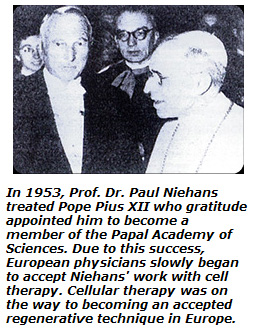
Niehans continued his research and work into the 1960’s, publishing extensively, only briefly interrupted by World War II. His major opus on the theory and practice of cell therapy was published in German in 1954. Niehans later collaborated with Bauer of Clarens Clinic in Switzerland to study the therapeutic effects of fresh and preserved cells.
He used cells from the frontal brain to treat mongolism. He used skin and eye cellular extracts to treat albinism, injected liver cells to treat cirrhosis, and utilized testicle cells to treat impotence. Swiss publisher Thoune released the English version and update of Niehans’ original work which also included papers by researchers from Germany, Austria, Greece and Spain.
Stem Cell Therapy Plus aims to awaken dormant cells within the human body, thereby stimulating the growth and function of existing tissue and repairing or regenerating old and malfunctioning cells. Cell therapy offers what vitamins, minerals and other conventional or natural treatments cannot. It can provide the exact components necessary for injured or diseased tissue to heal and regenerate. While most pharmaceutical drugs work by suppressing certain symptoms over a short period of time and only for as long as they are taken, cell therapy stimulates the body’s own healing and revitalizing powers and exerts a long term effect.
Contributors to the advancement and technique of Stem Cell Therapy Plus
